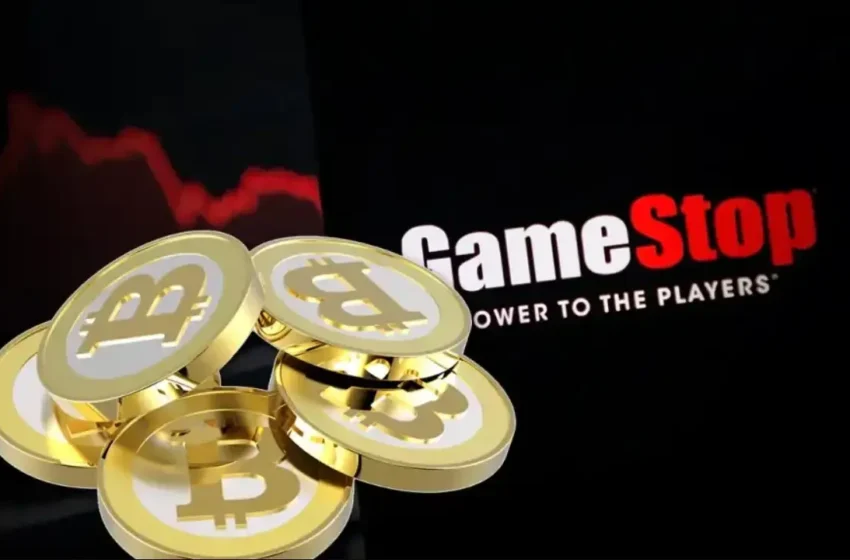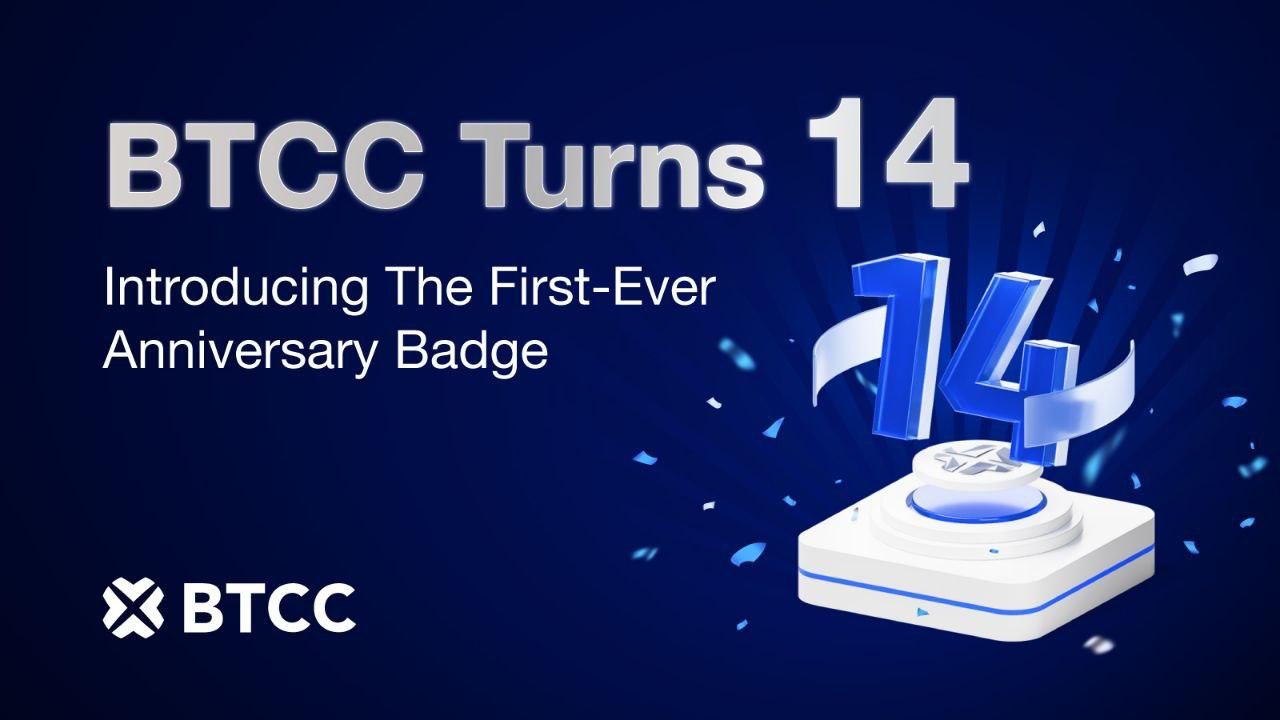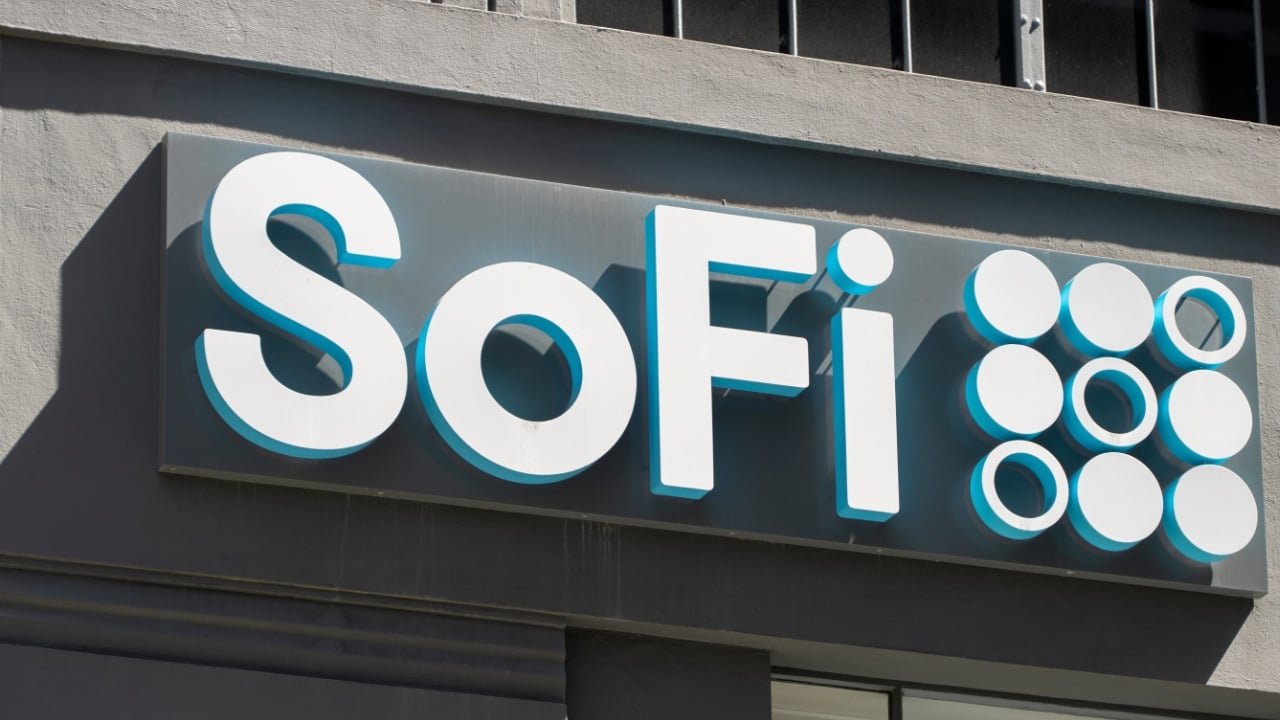Grayscale Launches Space and Time Trust Focused on SXT Token
GameStop Buys 4,710 BTC for its Treasury
(Originally posted on : Crypto News – iGaming.org )
GameStop has made its biggest move yet into crypto. The company bought 4,710 bitcoins, investing $513 million as part of a shift toward digital assets. The purchase was funded through a recent $1.3 billion convertible bond sale, marking a new direction for the video game retailer.
Good to know
- GameStop used funds from a $1.3 billion bond sale to buy Bitcoin.
- The company had previously shut down its NFT marketplace in early 2024.
- Market reaction to the crypto investment has been mixed so far.
The board of directors approved a change to the company’s investment policy in March, allowing Bitcoin to be held on the balance sheet. That decision followed growing speculation about crypto pivot, especially after CEO Ryan Cohen was seen with MicroStrategy’s Michael Saylor. A month earlier, we already reported on rumors that the gaming company was about to buy Bitcoin.
The move brings GameStop into the group of public companies holding Bitcoin as a reserve asset, joining names like Strategy, which has accumulated over 580,000 BTC.
After the announcement, GameStop’s stock initially jumped by 4.5% in pre-market trading. But by the end of the day, shares fell by over 10%. That echoed what happened earlier in March, when news of the bond sale and crypto plans first broke, sending the stock down 25%.
New players only. Exclusive Welcome Bonus of 350% + 150 Free Spins
Past Efforts in Crypto and Web3
GameStop’s crypto history goes beyond Bitcoin. In 2022, the company launched an NFT marketplace on Immutable X, focused on gaming collectibles, and in fact it was pretty successful upon launch. That project ended in early 2024 due to what the company described as “regulatory uncertainty.”
Earlier, GameStop also worked with the Telos Foundation on blockchain gaming. It even explored issuing NFT-based dividends, proposing a model of one NFT per share to bridge traditional finance with digital assets. The idea never fully materialized but highlighted the company’s early push into Web3.







 Bitcoin
Bitcoin  Ethereum
Ethereum  Tether
Tether  XRP
XRP  Solana
Solana  USDC
USDC  TRON
TRON  Dogecoin
Dogecoin  Lido Staked Ether
Lido Staked Ether  Cardano
Cardano  Wrapped Bitcoin
Wrapped Bitcoin  Hyperliquid
Hyperliquid  Wrapped stETH
Wrapped stETH  Bitcoin Cash
Bitcoin Cash  Sui
Sui  Chainlink
Chainlink  LEO Token
LEO Token  Stellar
Stellar  Avalanche
Avalanche  USDS
USDS  Toncoin
Toncoin  WhiteBIT Coin
WhiteBIT Coin  Shiba Inu
Shiba Inu  WETH
WETH  Litecoin
Litecoin  Hedera
Hedera  Wrapped eETH
Wrapped eETH  Binance Bridged USDT (BNB Smart Chain)
Binance Bridged USDT (BNB Smart Chain)  Monero
Monero  Ethena USDe
Ethena USDe  Polkadot
Polkadot  Bitget Token
Bitget Token  Coinbase Wrapped BTC
Coinbase Wrapped BTC  Pi Network
Pi Network  Uniswap
Uniswap  Pepe
Pepe  Aave
Aave  Dai
Dai  Ethena Staked USDe
Ethena Staked USDe  Aptos
Aptos  OKB
OKB  Bittensor
Bittensor  BlackRock USD Institutional Digital Liquidity Fund
BlackRock USD Institutional Digital Liquidity Fund  NEAR Protocol
NEAR Protocol  Jito Staked SOL
Jito Staked SOL  Internet Computer
Internet Computer  Cronos
Cronos  Ethereum Classic
Ethereum Classic  Ondo
Ondo  sUSDS
sUSDS  Tokenize Xchange
Tokenize Xchange  USD1
USD1  Mantle
Mantle  Gate
Gate  Cosmos Hub
Cosmos Hub  VeChain
VeChain  Official Trump
Official Trump  Lombard Staked BTC
Lombard Staked BTC  Artificial Superintelligence Alliance
Artificial Superintelligence Alliance  Sky
Sky  Sei
Sei  Render
Render  POL (ex-MATIC)
POL (ex-MATIC)  Ethena
Ethena  Arbitrum
Arbitrum  Algorand
Algorand  Filecoin
Filecoin  Worldcoin
Worldcoin  Jupiter Perpetuals Liquidity Provider Token
Jupiter Perpetuals Liquidity Provider Token  Binance-Peg WETH
Binance-Peg WETH  USDtb
USDtb  KuCoin
KuCoin  Binance Staked SOL
Binance Staked SOL  USDT0
USDT0  Jupiter
Jupiter  SPX6900
SPX6900  NEXO
NEXO  Kaia
Kaia  Rocket Pool ETH
Rocket Pool ETH  Celestia
Celestia  Injective
Injective  Bonk
Bonk  Stacks
Stacks  Polygon Bridged USDT (Polygon)
Polygon Bridged USDT (Polygon)  Sonic
Sonic  Fartcoin
Fartcoin  Binance Bridged USDC (BNB Smart Chain)
Binance Bridged USDC (BNB Smart Chain)  Virtuals Protocol
Virtuals Protocol  Optimism
Optimism  PayPal USD
PayPal USD  Solv Protocol BTC
Solv Protocol BTC  Mantle Staked Ether
Mantle Staked Ether  StakeWise Staked ETH
StakeWise Staked ETH